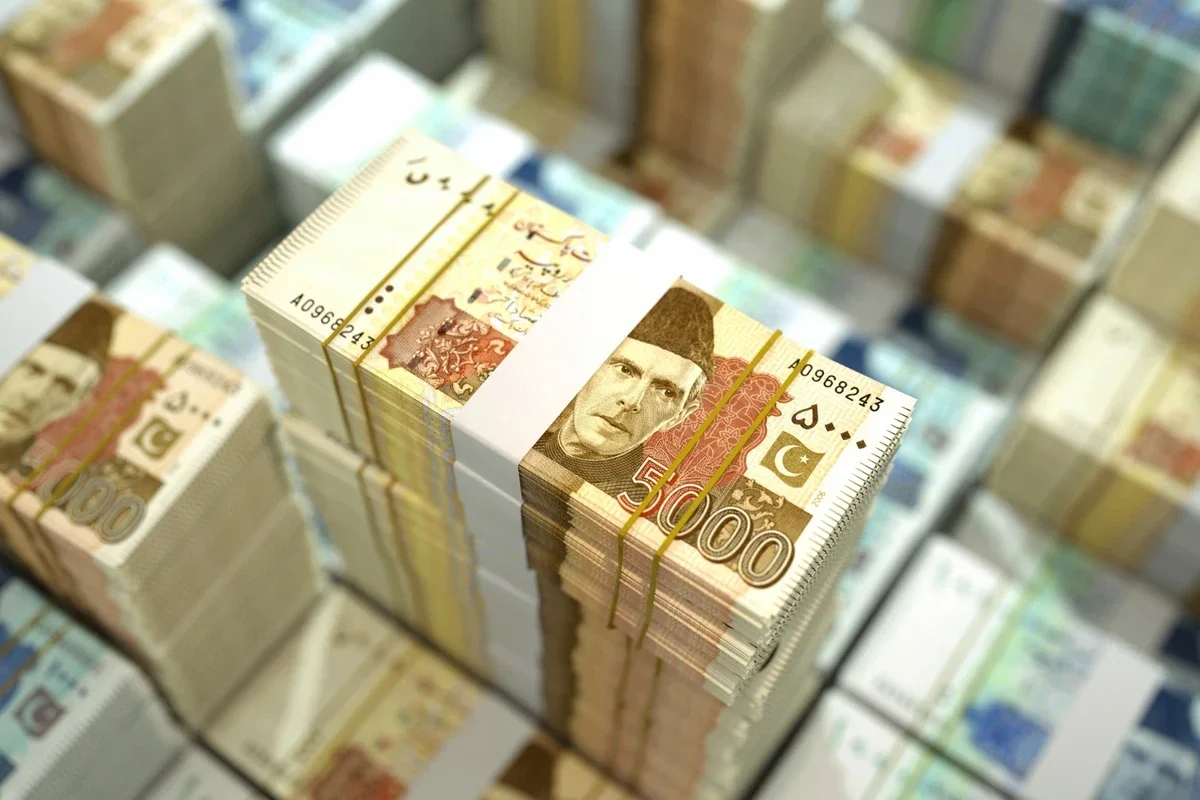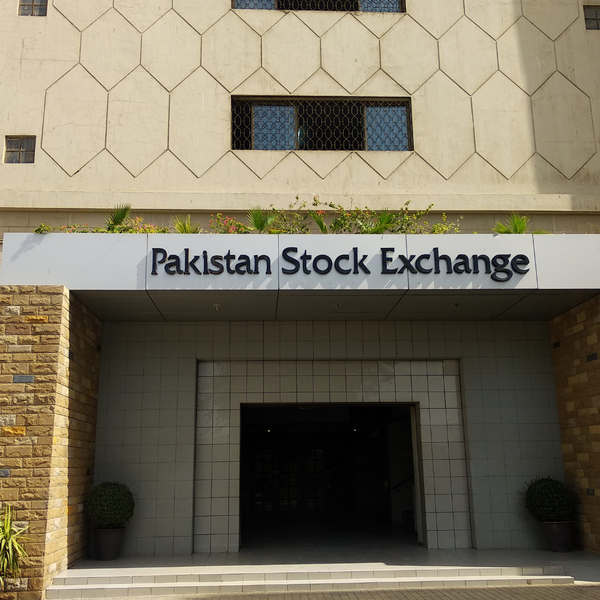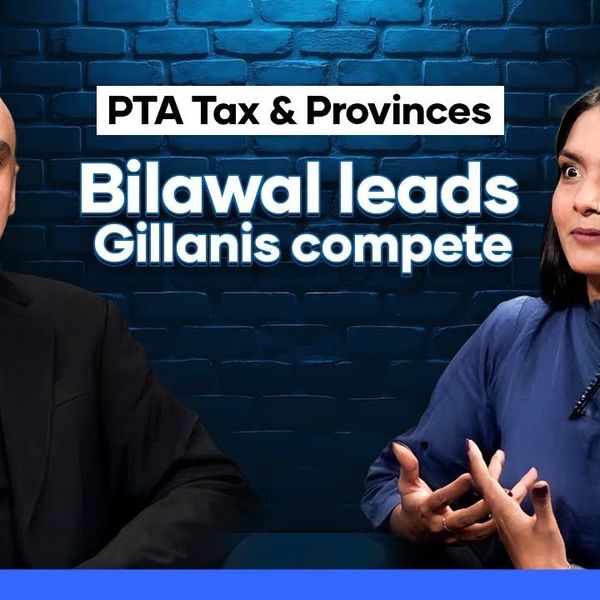Pakistan’s private sector loans rise 15% to PKR 9.7T in Aug
Analysts say macroeconomic stability resulting in positive credit cycle
Business Desk
The Business Desk tracks economic trends, market movements, and business developments, offering analysis of both local and global financial news.

Consumer financing increased 18% year-on-year to PKR 946 billion.
Credit to the private sector businesses rose by 15.4% year-on-year in August, reaching PKR 9.7 trillion, according to the latest data from the State Bank of Pakistan (SBP).
The surge, up from PKR 8.4 trillion in August 2024, reflects growing optimism in the business sector amid signs of a sustained economic recovery.
The sharp increase in credit uptake follows an impressive 9% growth in the Large-Scale Manufacturing (LSM) Index in July 2025, the highest monthly expansion in over 18 months.
Key contributors to LSM growth included the textile, food, automobile, and construction-allied sectors.
Sector-wise credit trends for August 2025, based on SBP’s disaggregated data, reveal:
- Consumer financing rose to PKR 946 billion, up 18% year-on-year
- Credit to private sector businesses climbed to PKR 8.4 trillion, up 15.5%.
- Credit to the textiles sector reached PKR 1.8 trillion, growing by 12.5%
- Services sector lending increased to PKR 1.1 trillion, a 14.3% rise.
The SBP’s steady policy rate of 11% since May 2025 has kept real interest rates positive, while a stabilizing rupee and easing inflation — which slowed to 3% year-on-year in August, from a peak of 38% in 2023 — have bolstered confidence in the near-term business outlook.
The expansion in credit is also being supported by lower non-performing loan (NPL) ratios, which declined to 6.4% in Q2FY25, down from 7.1% a year earlier, according to SBP’s Financial Stability Review.
“The credit cycle is gradually turning positive,” said a leading analyst. “If macroeconomic stability holds, we expect further pickup in investment financing, especially in export-led industries.”
Economists note that credit growth is a leading indicator of future economic activity and job creation.
However, they caution that fiscal discipline, energy sector reforms, and continued progress under the IMF program remain critical to maintaining momentum.
The uptick in private sector borrowing reflects improved sentiment in manufacturing, services, and export-oriented sectors,” said a market watcher. “Credit appetite is gradually picking up as firms are expanding capacity, rebuilding inventories, and preparing for stronger demand.”
Economists believe the sustained growth in private sector credit will be essential for driving job creation and broad-based economic recovery. However, they caution that risks remain, including global oil prices, fiscal slippages, and the ongoing implementation of structural reforms under the IMF program.










Comments
See what people are discussing